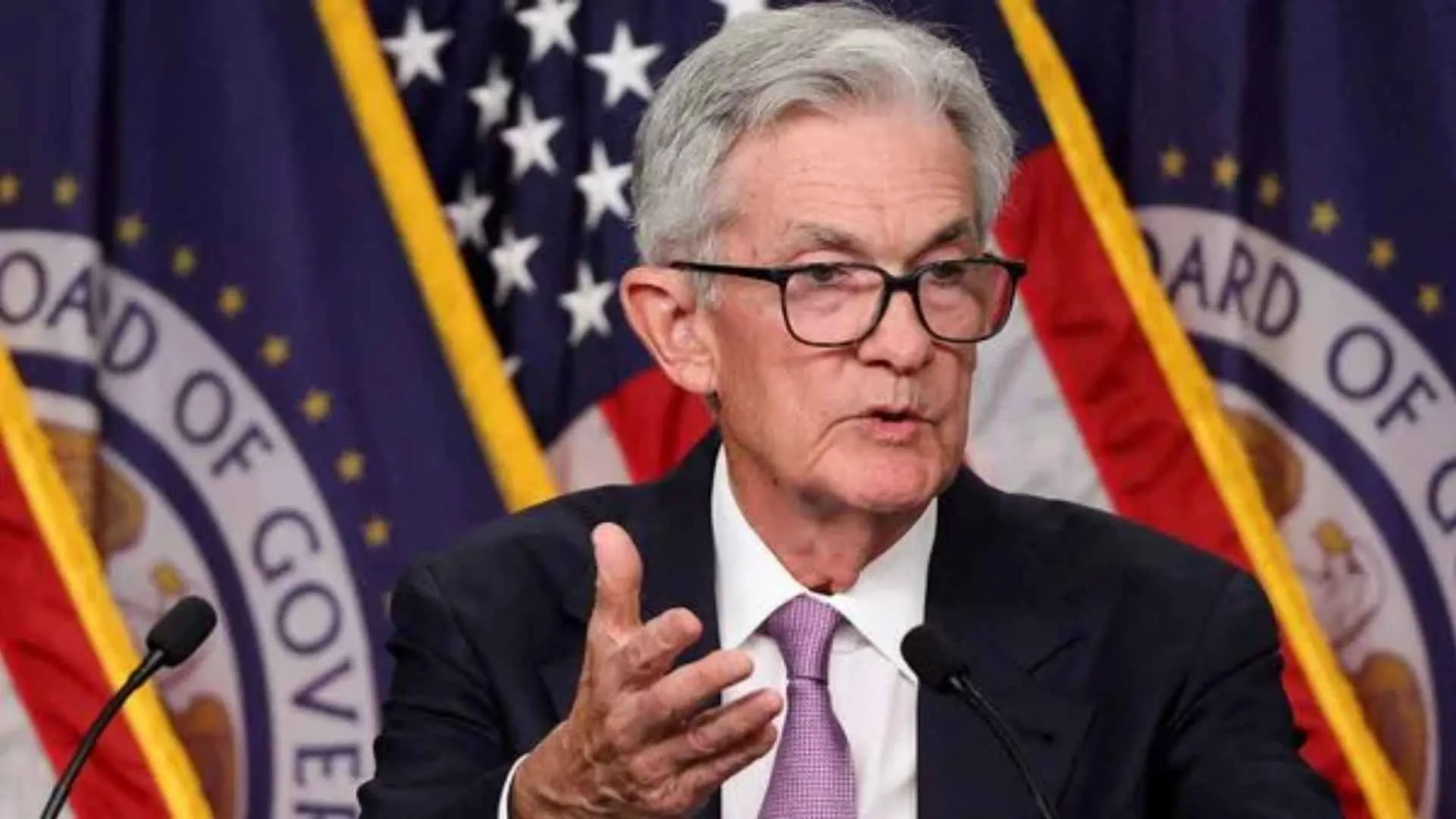President Donald Trump’s sweeping tariff measures could soon place the Federal Reserve in a deeply complicated position—one it hasn’t confronted in nearly 50 years, Federal Reserve Chair Jerome Powell warned on Wednesday.
“The level of the tariff increases announced so far is significantly larger than anticipated,” Powell said in prepared remarks during an event hosted by the Economic Club of Chicago. “We may find ourselves in the challenging scenario in which our dual-mandate goals are in tension.”
The Fed’s dual mandate—to promote maximum employment and maintain price stability—is now facing pressure from both sides, as the economic fallout of tariffs risks pushing inflation up while also dampening job growth.
Jerome Powell On How the Fed Is Holding Steady—For Now
Despite the warning signs, Powell emphasized that the US economy remains in “decent shape” based on current data, giving the central bank some breathing room to assess the situation more fully.
In the meantime, he said, the Fed’s best option is to stay the course. “The Fed’s best move for the moment is to stand pat until the data clearly shows how the US economy is responding to Trump’s policies,” Powell said.
This sentiment has been echoed by other Fed officials in recent weeks, who have reiterated the central bank’s flexibility to move interest rates in either direction, depending on how economic conditions evolve.
What’s Fueling the Fed’s Concern?
The economic threat stems largely from Trump’s aggressive trade policies, which have introduced multiple layers of tariffs on key imports:
- 25% tariffs on aluminum and steel
- 25% tariffs on Mexican and Canadian goods not compliant with a free trade agreement
- A 145% duty on Chinese imports
- 25% tariff on imported cars, with additional tariffs on auto parts expected
- 10% baseline tariff on all U.S. imports
The administration has also rolled out temporary exemptions for certain electronic goods, while signaling that new tariffs on semiconductors, pharmaceuticals, copper, and timber are likely coming.
Most economists warn that these tariffs will eventually push prices higher, reduce consumer demand, stifle business investment, and lead to job losses—especially if the massive “reciprocal” tariffs that briefly took effect on April 9 return in full when Trump’s delay expires in July.
Is the U.S. Headed Toward Stagflation?
A growing number of economists—and some Federal Reserve officials—are drawing parallels to the stagflation crisis of the 1970s and early 1980s, when the economy was hit by both high unemployment and soaring inflation. That era led the Fed, under Chair Paul Volcker, to prioritize inflation control even at the cost of economic pain.
Now, the Fed could be forced into a similarly tough position.
“A tariff is like a negative supply shock. That’s a stagflationary shock, which is to say it makes both sides of the Fed’s dual mandate worse at the same time,” said Chicago Fed President Austan Goolsbee during a recent event in New York. “Prices are going up while jobs are being lost and growth is coming down, and there is not a generic playbook for how the central bank should respond to a stagflationary shock.”
How Would the Fed Respond to Stagflation? Jerome Powell Responds
Powell acknowledged that if stagflation takes hold, the Fed would have to carefully weigh how far the economy is from meeting each of its goals—employment and inflation—and consider the “potentially different time horizons over which those respective gaps would be anticipated to close.”
“We understand that elevated levels of unemployment or inflation can be damaging and painful for communities, families, and businesses,” Powell said.
The situation is made more complex by deteriorating consumer sentiment. According to the University of Michigan’s closely watched consumer survey, Americans’ expectations around prices are worsening. Several Fed officials have said this perception is worth monitoring closely, though it’s unclear when, or how, the Fed might respond if those expectations continue to rise.
Although inflation has fallen from its peak in June 2022, it remains slightly above the Fed’s 2% target—leaving limited justification for cutting interest rates in the near term.






















